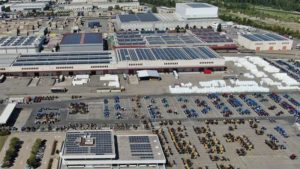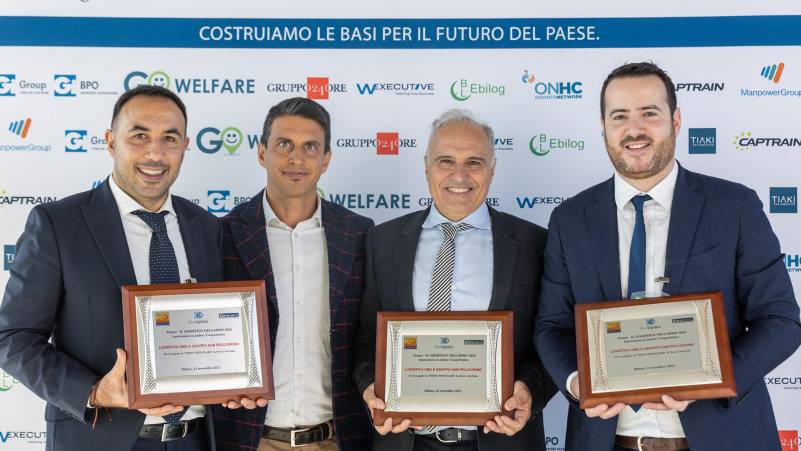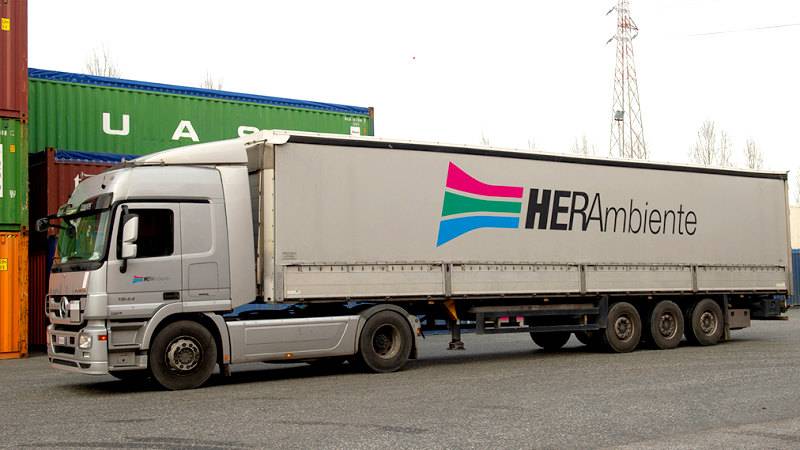The Italian real estate market is experiencing rapid growth, registering €3.5 billion in investments in the first half of 2024, a year-on-year increase of over 65%. A major contributor to this expansion has been the logistics sector, now firmly established as a key asset class. During this period, logistics accounted for €470 million in investments, representing 14% of total real estate investments in Italy, with net returns around 5.5%.
According to a study conducted by Scenari Immobiliari, presented at the 32nd Rapallo Forum in collaboration with Assologistica, the logistics sector in Italy remains highly attractive to investors, partly due to a vacancy rate of around 2%, well below the European average. In the most dynamic areas, known as "prime locations," vacancy rates are near zero.
Francesca Zirnstein, General Director of Scenari Immobiliari, emphasized that the growing focus on ESG-compliant and Grade A structures, along with reshoring policies, is putting increasing pressure on the logistics real estate market. Rental rates are consistently rising, reaching peaks of €67/sqm/year.
Despite the sector's strong performance, awareness of the potential and importance of logistics real estate remains limited. Umberto Ruggerone, President of Assologistica, pointed out that national and local regulations often have gaps, complicating the full development of a sector that, while considered "ancillary," plays a significant role in the entire logistics value chain. Ruggerone stressed the importance of rational and planned approaches to take advantage of investment opportunities, avoiding the negative impacts of haphazard development.
The rise in rental costs and the shortage of buildable land are pushing investors toward urban regeneration solutions, repurposing disused or former industrial areas. This trend aligns with the national goal of reducing land consumption and promoting sustainable development. The most affected areas are primarily in northern Italy, with Lombardy and the metropolitan area of Milan leading the way. However, there is growing interest in emerging regions, which were once considered secondary but are now attracting significant investment.
The increased pressure on peripheral areas, once considered less significant, is evident. The rise in investments highlights the need for dialogue with local communities, leveraging existing infrastructure as a resource and aiming for efficient, sustainable integration. This is where the development of "light industrial" structures comes in, capable of revitalizing former industrial zones and reducing environmental impact, while bringing logistics closer to the end consumer.
Infrastructure plays a key role in the growth of the logistics sector. The presence of efficient intermodal networks, integrating highways, railways, ports, and airports, is essential for the consolidation of the sector and for promoting widespread economic growth. Investments in regional infrastructure not only bring local benefits but also have a ripple effect on the national economy. In particular, rail transport stands out as a crucial resource.





































































